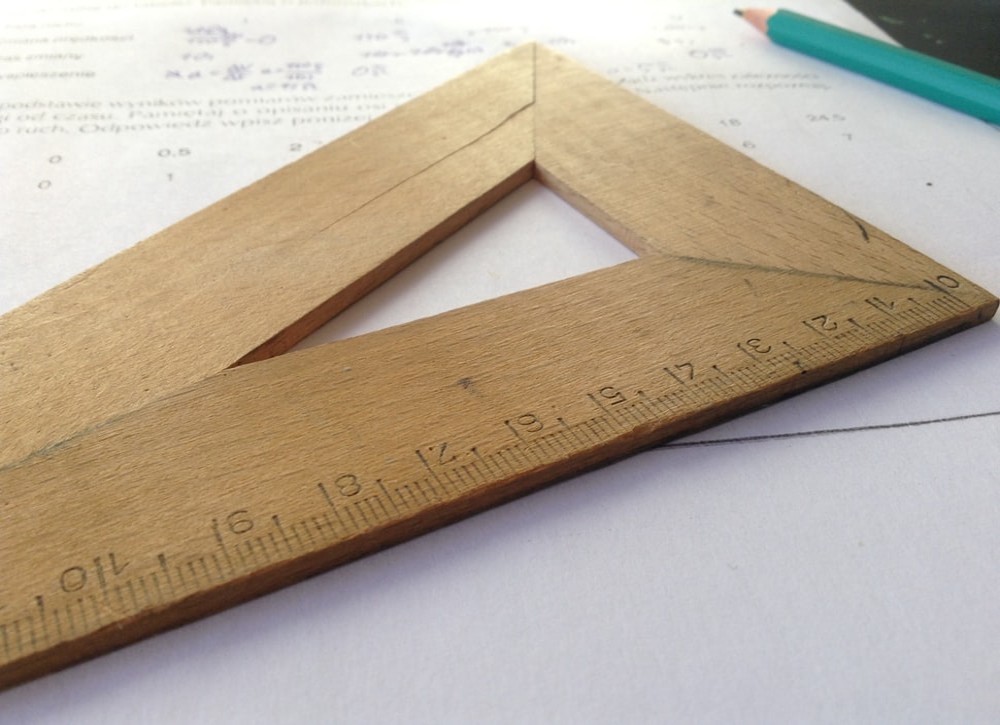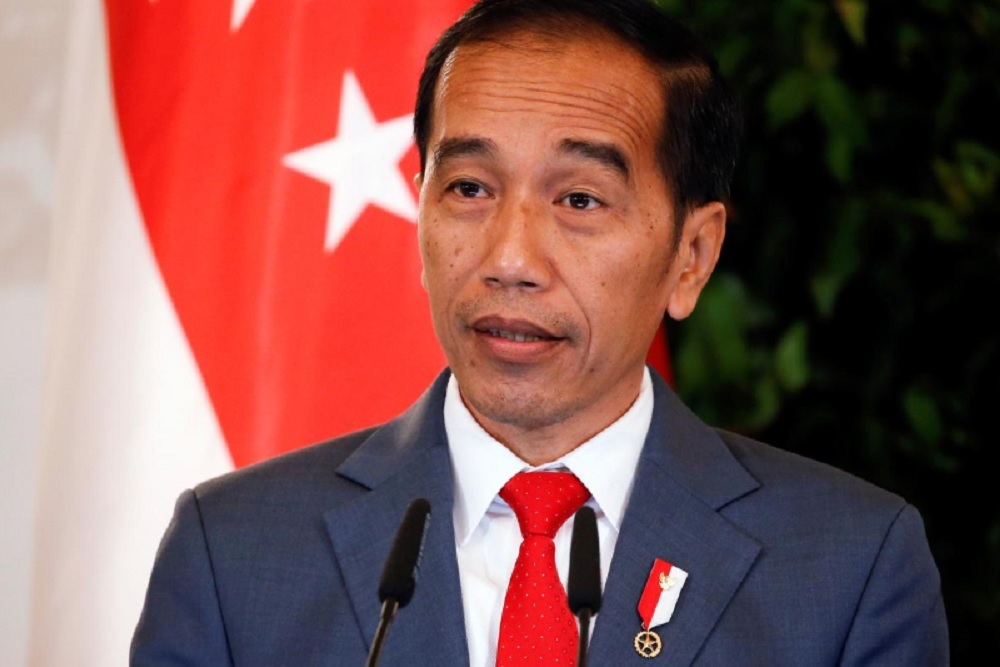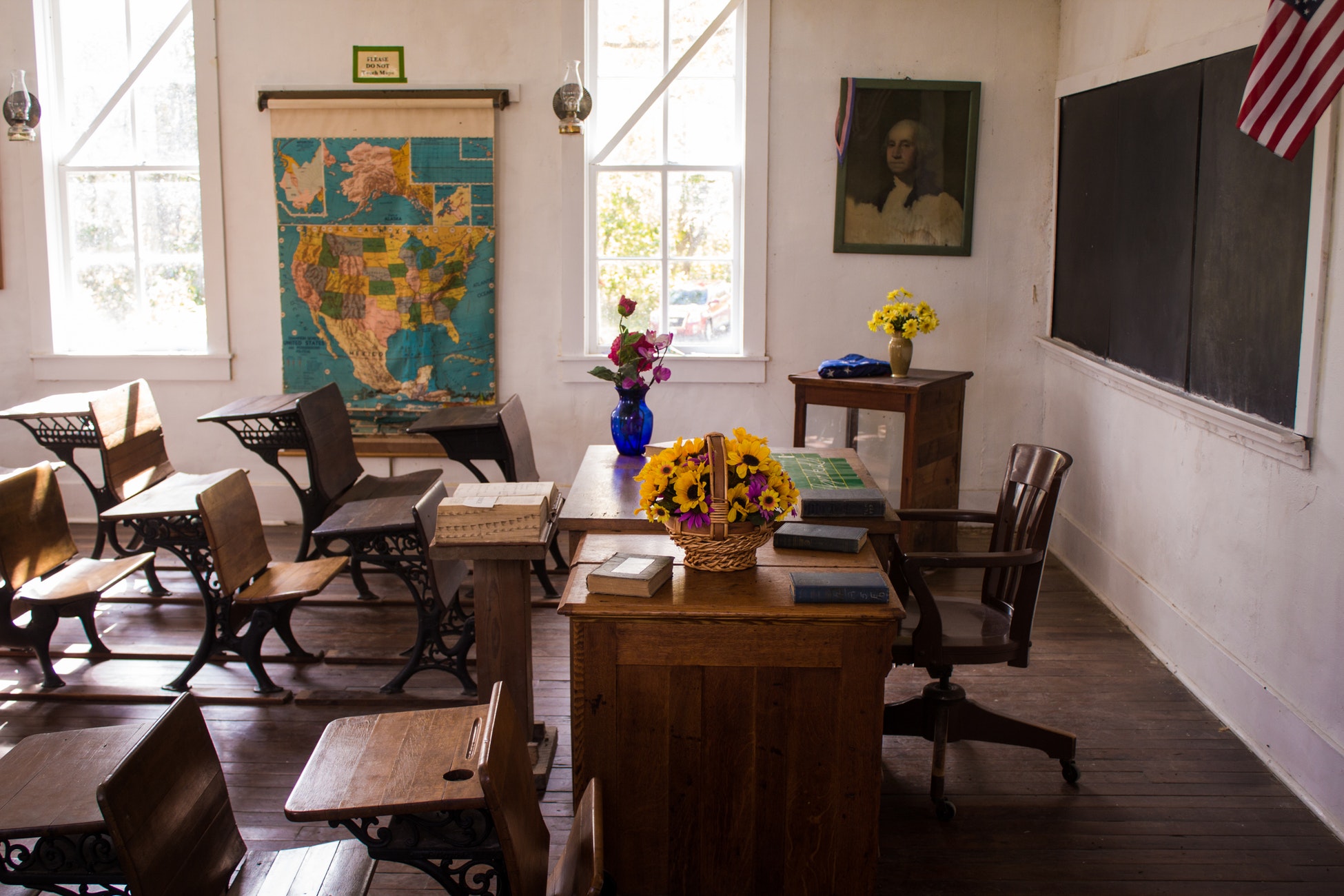Continuous underfunding of secondary schools in England has resulted in an increase in the number of schools running on debt. A new study has shown that these schools are running with an average of £500,000 (Approx. $654,000)deficits.
More than one in four secondary schools in England are running on a budget deficit. This has been as a result of neglect from the previous government and the defunding of the education sector. These schools are estimated to be running on an average deficit of half a million pounds.
The data from independent Reform thinktank showed this was in improvement from previous years. The number of schools running on the deficit has been reducing over the last few years, but it still remains a major problem for secondary schools in England. The data also showed that these schools financial health remained fragile.
Struggle for secondary schools in England
The study also highlighted the struggle that the headteachers are going through to make ends meet. It noted that the lack of funds was causing a financial struggle for these teachers. There was also a sharp increase in class sizes and a reduction of teachers being hired, which further strained the working conditions of teachers.
The study focused on only schools under local authority control. It did not include academies and free schools in this study. However, it highlighted important aspects of secondary schools in England are facing, with a major one being underfunding.
The new government has already promised the Department of Education an increase of £4.4bn ($5.76bn) a year. This will be a step forward in the education system, which has been forgotten by the past administrations.
Former headteacher Geoff Barton, who is general secretary of the Association of School and College Leaders, commended the move by saying,
The government has allocated additional funding for schools over the next three years but this will not be enough to reverse all the cuts that have taken place and the financial situation will continue to be challenging for the foreseeable future.
The funding has also received praise from the Department of Education who described it as the largest in a decade. The funding will ensure all students in secondary schools will receive a minimum of £5000($6540) per pupil, a huge improvement from previous years.
Featured image by Unsplash







